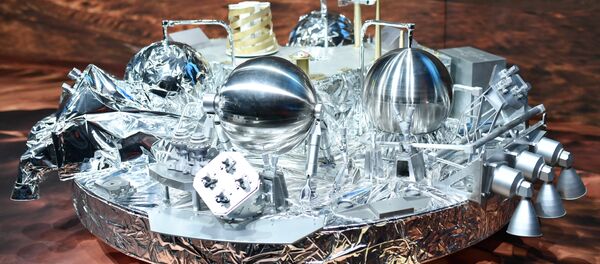During a study of a plateau of layered rocks called “Home Plate,” Spirit discovered features similar to the hot spring sites at Northern Chile’s El Taito geyser.
Research team members Jack Farmer and Steven Ruff, of ASU’s School of Earth and Space Exploration, wrote in the Nature Communications journal, "Although fully abiotic processes are not ruled out for the Martian silica structures, they satisfy an a priori definition of potential biosignatures."
El Taito is uniquely equipped to serve as a base for comparison due to its extremely high ultraviolet radiation, low rate of precipitation, high elevation, high mean annual evaporation rate, and common diurnal freeze-thaw.
Ruff and Farmer reasoned, "Such conditions provide a better environmental analog for Mars than those of Yellowstone National Park (USA) and other well-known geothermal sites on Earth."
"Our results demonstrate that the more Mars-like conditions of El Tatio produce unique deposits, including biomediated silica structures, with characteristics that compare favorably with the Home Plate silica outcrops. The similarities raise the possibility that the Martian silica structures formed in a comparable manner," the team added, according to Space.com
The golf cart-sized rover first landed on Mars in 2004 and, during its mission, happened upon regolith and outgrowths composed of opaline silica at the Gusev crater site.
The authors noted,"However, the potential significance of the characteristic nodular and [millimeter]-scale digitate opaline silica structures was not recognized."
In May of 2009 Spirit became stuck in soft soil, where it has remained, NASA eventually deeming it a stationary research platform. It has been suggested that a specially-equipped rover could possibly help provide more definitive proof of life on the planet in the future, but the authors pointed out that, "because of the challenges in obtaining unambiguous evidence in situ, coordinated microscopic and compositional analyses of samples returned to laboratories on Earth may be required to reach a robust conclusion as to the presence or absence of past Martian life in these rocks."






